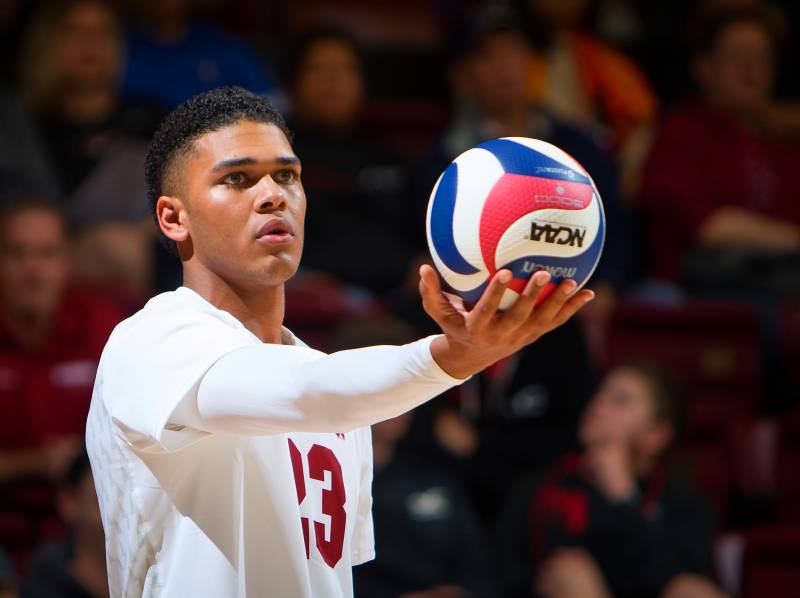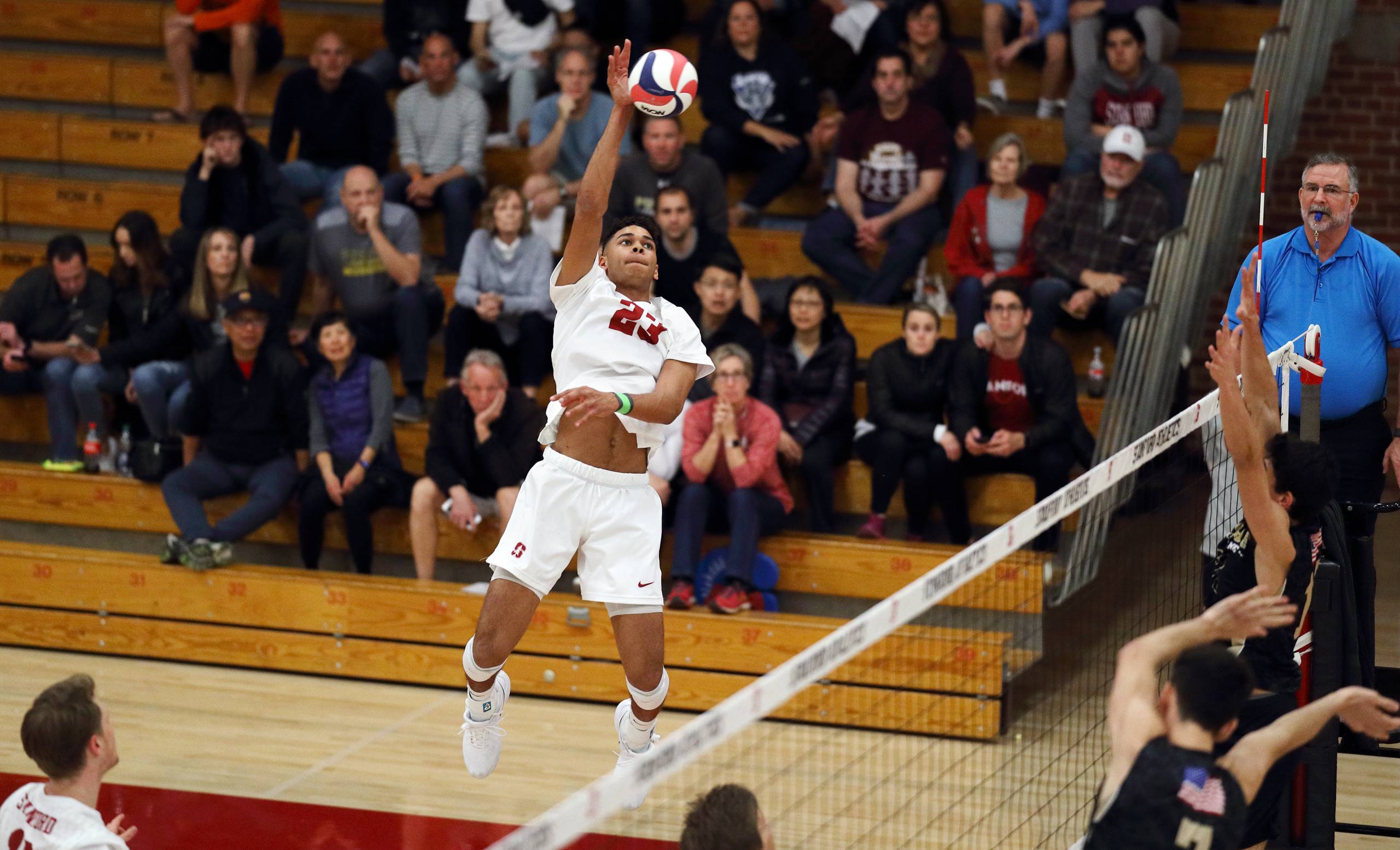After about a month of organizing, student athletes in the Pac-12 conference created the #WeAreUnited movement, and issued a list of demands last Sunday related to health and safety, racial injustice and players’ economic rights. Unhappy with how their universities have handled those issues, they’re threatening to opt out of the upcoming season.
Athletes representing #WeAreUnited met with officials from Gov. Gavin Newsom’s office on Tuesday, and with Pac-12 Commissioner Larry Scott in a late-evening call Thursday. Both meetings focused on players’ concerns with schools’ health and safety protocols around COVID-19, concerns outlined in one of their top demands:
Because we are being asked to play college sports in a pandemic in a system without enforced health and safety standards, and without transparency about COVID cases on our teams, the risks to ourselves, our families, and our communities, #WeAreUnited.
The group’s list of demands also includes a section on “preserving all existing sports by eliminating excessive expenditures” – a section which specifically calls out Stanford University.
“End lavish facility expenditures and use some endowment funds to preserve all sports,” the statement reads. “As an example, Stanford University should reinstate all sports discontinued by tapping into their $27.7 billion endowment.”
In July, Stanford University – a Pac-12 institution – announced its decision to eliminate 11 varsity sports teams at the end of the 2020-21 academic year, citing major financial concerns.
“As you can imagine this has been a heartbreaking day for all of us, especially with those student athletes and coaches involved,” Stanford Athletic Director Bernard Muir said when announcing the cuts. “It recently became painfully clear we would not remain financially stable and support 36 varsity sports at a nationally competitive level, which is what we desire.”



